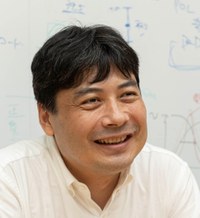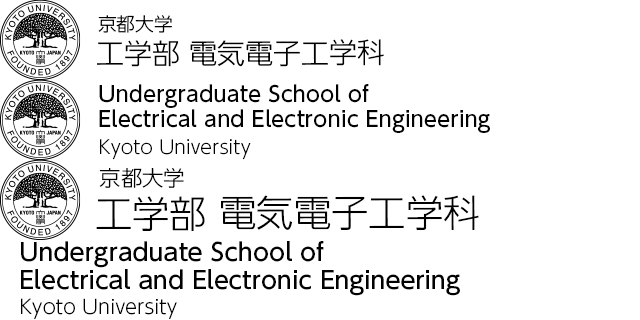Advanced Signal Processing (Hashimoto Lab)
Society is becoming more and more dependent on information system infrastructure such as AI and IoT. High reliability is required for information systems that handle human lives and property. The ultra-low power and ultra-small volume of semiconductor devices driven by transistor miniaturization is realizing ambient computing that is integrated into the environment. On the other hand, as transistor miniaturization becomes increasingly uncertain, the search for computing based on new principles continues. Under the slogan of "Creating a Computing Infrastructure," this laboratory pursues how to design reliable high-performance computers, how to realize next-generation computing based on new principles, and what computing systems can change our lives.
Academic Staff
Masanori HASHIMOTO
 Professor (Graduate School of Informatics)
Professor (Graduate School of Informatics)
Research Interests
- Integrated System Robust to Cosmic Ray-Induced Soft Errors
- Reconfigurable Computing
- Oblivious Inference Securing Privacy of Data and Machine Learning Model
- Reservoir Computing with Photonic Devices
Contacts
Room S309, Research Bldg. No.9, Yoshida Campus
TEL: +81-75-753-5312
E-mail: hashimoto (at) i.kyoto-u.ac.jp
Ryo SHIRAI
 Assistant Professor (Graduate School of Informatics)
Assistant Professor (Graduate School of Informatics)
Research Topics
- Ultra-small volume computing for Society 5.0
- Wireless communication & power transmission for mm3-class sensor node
- Human-Computer-Interaction with novel hardware based on integrated system technology
Contacts
Room S310, Research Bld. 9, Yoshida Campus
TEL: +81-75-753-5948
E-mail: shirai (at) i.kyoto-u.ac.jp
Introduction to R&D Topics
How to design reliable high-performance computers
Particles originating from cosmic rays are raining down on the earth, and many of them pass through our bodies every second. If these particles are unlucky enough to cause a nuclear reaction with silicon atoms near the memory of a computer, a bit flip called a soft error will occur. Soft errors can cause system malfunctions and crashes, and in the case of automated driving and nursing care robots, they can endanger human lives. In this laboratory, we are investigating soft error mechanisms by evaluating and simulating actual systems, and developing error immunity evaluation techniques for systems.
Cloud services use encryption to ensure security, but encrypted data must be decrypted before it can be used, making it difficult to prevent information leaks against unauthorized access or fraud by insiders. In this laboratory, we are developing a machine learning inference technique using homomomorphic encryption, which is capable of performing arithmetic and logical operations while the data is encrypted. This makes it possible to provide inference services while protecting machine learning models and data privacy.
How to realize next-generation computing based on new principles
As the miniaturization of transistors approaches its limit, there is a need to explore new computational paradigms. In this laboratory, we are working on the construction of a machine learning system that utilizes physical nonlinear signal processing with quantum dot-based optical devices. We are working toward the goals of integration into small devices and high energy-efficient operation.
We are also researching techniques to improve the energy efficiency of machine learning by dynamically adjusting the computational accuracy, and to avoid fatal computational errors due to environmental changes. This will be a departure from the paradigm of computing hardware that always produces the same results.
What computing systems can change our lives
In the IoT era, there is a lot of information that is acquired but discarded without being utilized. In this laboratory, we are working on the establishment of a new fundamental technology to "exchange information with computers without human awareness" by realizing cubic-mm class devices that are so small in volume that they are difficult to see, and massively distributing them in our living environment, both indoors and outdoors.
